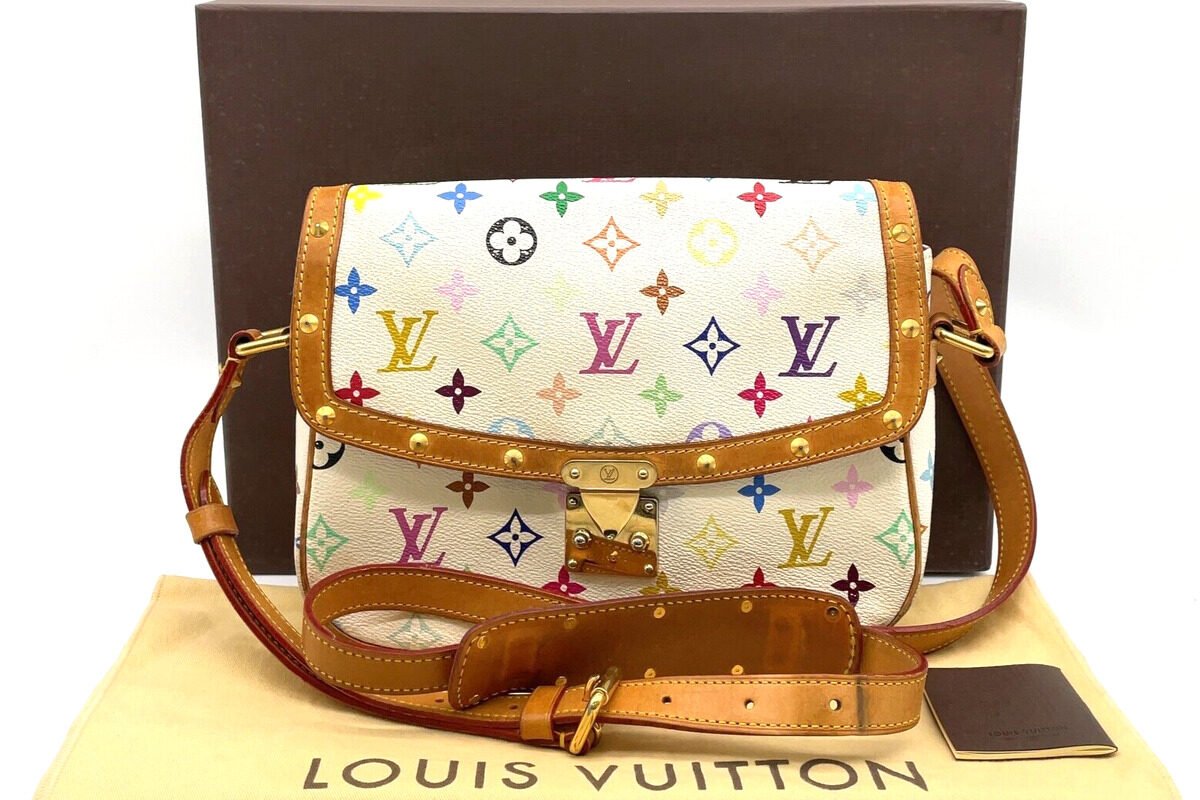Introduction to East Meets West
The fusion of cultures has always been a hallmark of innovation, and in the world of luxury fashion, few brands exemplify this better than Louis Vuitton. Known for its monogrammed elegance, Louis Vuitton has ventured beyond its French roots to embrace the artistic treasures of the East. From Chinese calligraphy to Japanese cherry blossoms, the brand has collaborated with renowned Asian artists and drawn inspiration from the region’s rich cultural heritage. These ventures have not only redefined the boundaries of luxury but also introduced a fresh perspective on how global aesthetics can intertwine.
Takashi Murakami and the Power of Pop Art
Louis Vuitton’s journey into Eastern aesthetics reached a milestone in 2003 when the brand collaborated with Takashi Murakami. Known for his Superflat art movement, Murakami bridged traditional Japanese art with contemporary pop culture. This collaboration brought a playful yet sophisticated touch to Louis Vuitton’s classic monogram. The result was a vibrant collection featuring colorful cherry blossoms, smiling flowers, and animated characters that instantly captured global attention. The Monogram Multicolore collection became an icon of the early 2000s, combining Murakami’s distinctive style with Louis Vuitton’s timeless luxury. The bags, wallets, and accessories became not just fashion statements but collector’s items, representing a seamless blend of French craftsmanship and Japanese pop art.
Chinese Calligraphy and the Art of Minimalism
Another significant example of Louis Vuitton’s embrace of Eastern aesthetics is its exploration of Chinese calligraphy. In several limited-edition collections, the brand reinterpreted traditional brushstroke techniques into contemporary designs. The fluidity and precision of Chinese calligraphy, often associated with poetry and philosophy, provided a striking contrast to Louis Vuitton’s structured silhouettes. This juxtaposition created bags that were both artistic and functional, resonating deeply with consumers who appreciated the cultural significance behind the designs. These collections highlighted how Louis Vuitton could incorporate minimalist elegance into its luxury craftsmanship, celebrating the beauty of simplicity while maintaining its iconic brand identity.
The Influence of Kimono Patterns and Traditional Textiles
Louis Vuitton has also drawn inspiration from traditional Japanese textiles, particularly kimono patterns. Kimono fabrics are renowned for their intricate designs, vibrant colors, and symbolic motifs, often reflecting nature or seasonal themes. By incorporating these patterns into its products, Louis Vuitton paid homage to Japan’s rich textile heritage. The brand’s use of these designs in scarves, bags, and clothing demonstrated a deep respect for Japanese culture while offering its clientele unique, story-driven pieces. This approach not only celebrated Eastern artistry but also elevated Louis Vuitton’s reputation as a brand that appreciates and incorporates diverse cultural narratives.

Fusion of Craftsmanship and Innovation
What sets Louis Vuitton apart in its collaborations with Eastern art is the way it seamlessly blends traditional motifs with modern innovation. For example, its partnership with Chinese artist Ding Yi introduced abstract patterns inspired by traditional Chinese grids and geometry. These designs were paired with cutting-edge materials and techniques, ensuring that the final products were both culturally significant and technologically advanced. This fusion of past and present showcased Louis Vuitton’s commitment to pushing the boundaries of luxury design.
The Impact of Eastern Aesthetics on Global Fashion
Louis Vuitton’s embrace of Eastern aesthetics has had a profound impact on global fashion. By collaborating with Asian artists and drawing inspiration from regional cultures, the brand has introduced Eastern motifs to a wider audience, making them an integral part of contemporary luxury. This approach has not only strengthened Louis Vuitton’s presence in Asia but also set a precedent for other luxury brands to explore cross-cultural collaborations. Today, elements of Eastern artistry, such as cherry blossoms, calligraphy, and kimono patterns, are celebrated in global fashion, largely due to Louis Vuitton’s pioneering efforts.
Why the East-West Fusion Matters
The integration of Eastern aesthetics into Louis Vuitton’s designs represents more than just a marketing strategy; it’s a celebration of cultural exchange. By blending French luxury with Asian artistry, Louis Vuitton has created a unique narrative that appeals to consumers across the globe. This approach reflects a broader trend in the fashion industry, where brands are increasingly looking to build meaningful connections with diverse cultural heritages. For Louis Vuitton, these collaborations have not only enriched its product offerings but also reinforced its position as a brand that values artistry and innovation.
Conclusion
When Louis Vuitton introduced cherry blossoms, calligraphy, and kimono-inspired patterns into its collections, it didn’t just expand its design repertoire; it redefined what luxury could mean in a globalized world. The brand’s collaborations with Asian artists and its incorporation of Eastern aesthetics have set a new standard for cultural appreciation and creativity in fashion. By celebrating the artistry and traditions of the East, Louis Vuitton has demonstrated that luxury is not confined to a single culture or aesthetic. Instead, it thrives on the rich interplay of diverse influences, proving that when monograms meet cherry blossoms, the result is nothing short of iconic.












































